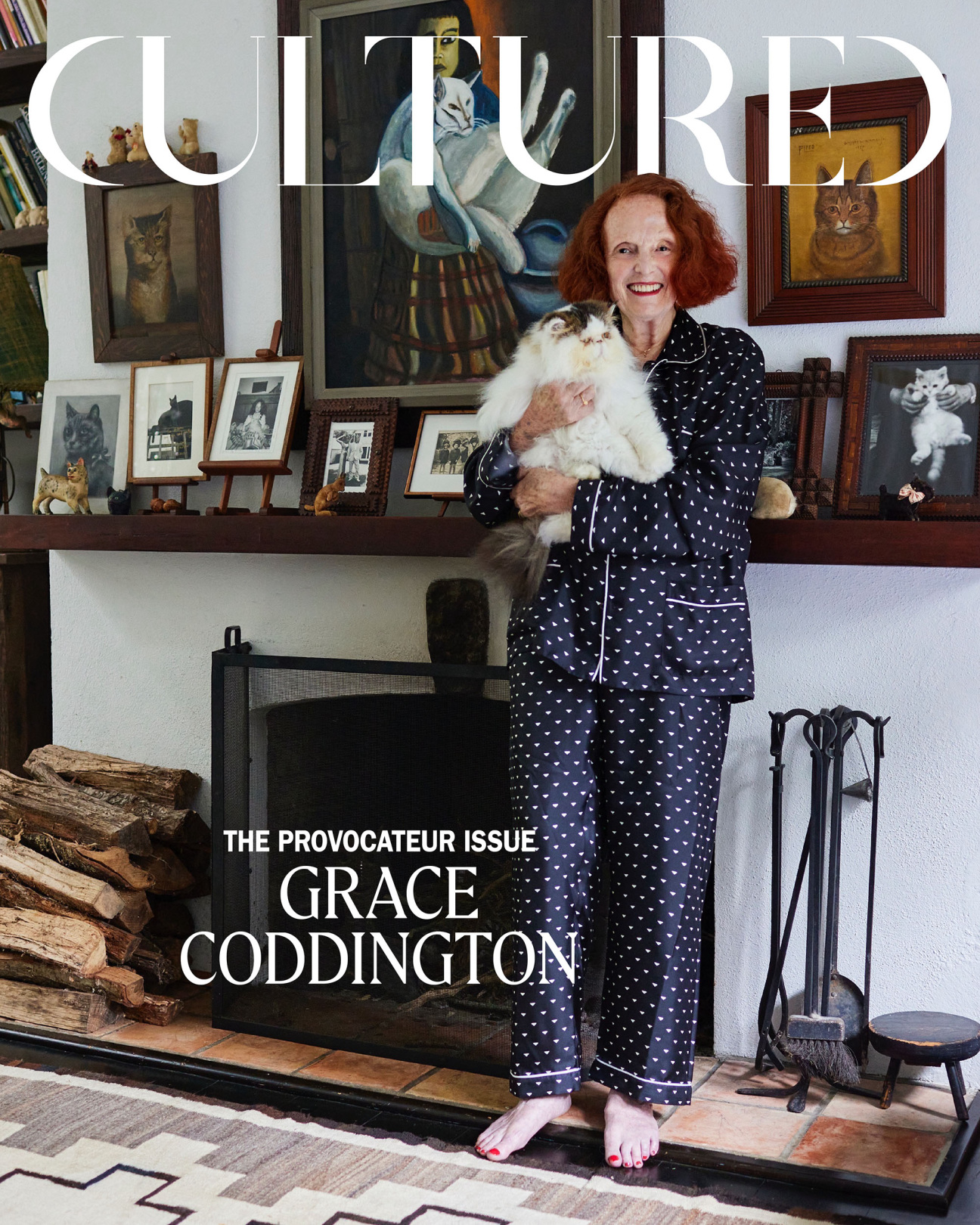
Grace Coddington has long had an ambivalent relationship with fame. As a model turned editor for British Vogue, she reluctantly agreed to pose for Helmut Newton in a black bikini as part of a now iconic poolside evening-wear shoot in Saint-Tropez in 1973. More than 30 years later, having assumed the role of creative director of American Vogue, she bristled at the idea of appearing on camera in a documentary tracing the development of the September issue. Thankfully, she gave in. Her elegance, sharp eye, and unflappability on screen made her a star to a new generation of fashion lovers.
These days, Coddington—who retired from the Vogue-verse in 2016—is embracing the very spotlight she felt uneasy in for years. A lifelong artist, she recently designed murals for the San Vicente Bungalows in West Hollywood, appeared as the newest face of the clean beauty brand Merit in May, and is collaborating with the French ceramic workshop Astier de Villatte on a line of china featuring her drawings. CULTURED spoke to Coddington about the appeal of branching out, the challenges facing magazines today, and the trick to staying open-minded.
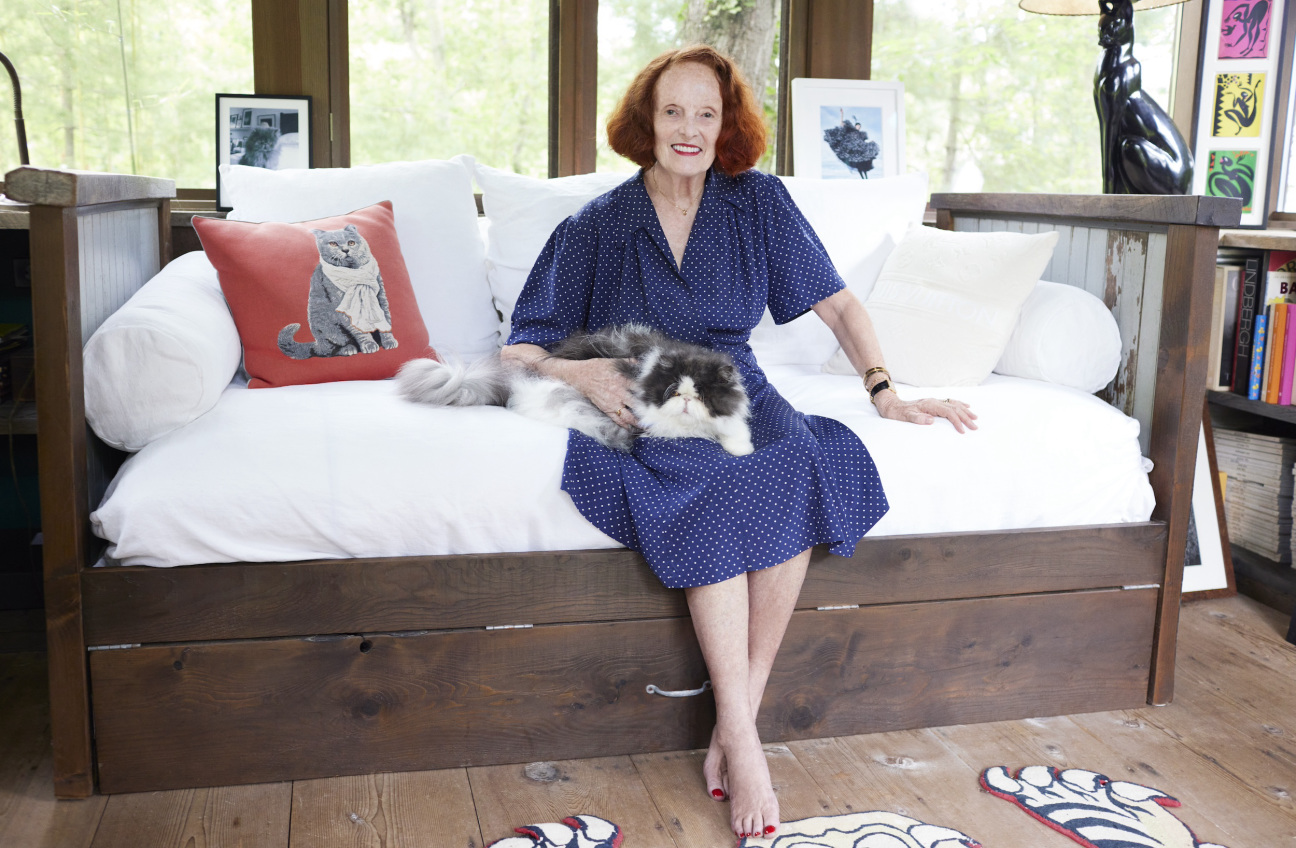
CULTURED: Tell us about your cats.
Grace Coddington: Right now, I have three Persians: Blondie, Jimi, and Blanket. I got my first cat in the ’60s. I’ve pretty much had cats ever since—they have a mind of their own.
CULTURED: As we release our September issue, can you share some of your favorite memories of putting together Vogue’s September issue over more than 25 years at the magazine?
Coddington: It was always one of my favorite issues to collaborate on because we got to work with all the new collections. The September issue was the largest, so it enabled us to do the longest stories. This is the issue that the documentary The September Issue was based on, so that year, 2009, will go down in history.
"Some people think I’m scary, and are afraid to talk to me. But actually, I’m very friendly."
—Grace Coddington
CULTURED: Where do you go to think? When do you have your best ideas?
Coddington: Very often, my best ideas come when I’ve just gone to bed and switched the light off, which is a bit inconvenient!
CULTURED: The media landscape has changed so much since then. What, if anything, has been lost? Gained?
Coddington: The loss is in the quality of everything, but I’m not nostalgic. I think more about the future.
CULTURED: What shape do your days take lately?
Coddington: I’ve surrounded myself with my favorite animals, people, and objects I’ve collected over the years. I’m giving myself plenty of time to do all the things I’ve always wanted to do, but never had the opportunity to try.

CULTURED: What does your cultural diet look like?
Coddington: Opera and movies.
CULTURED: When did you begin drawing and painting? Tell us about your upcoming collaboration on a line of china.
Coddington: I’ve always liked painting—even as a child. My collaboration with Astier de Villatte has been extremely interesting—I’ve never done drawings on ceramics before. It’s really been fun. I particularly love Astier de Villatte because they are a wonderful small company. It has been very rewarding to work with them.
CULTURED: What’s something people get wrong about you?
Coddington: Some people think I’m scary, and are afraid to talk to me. But actually, I’m very friendly.

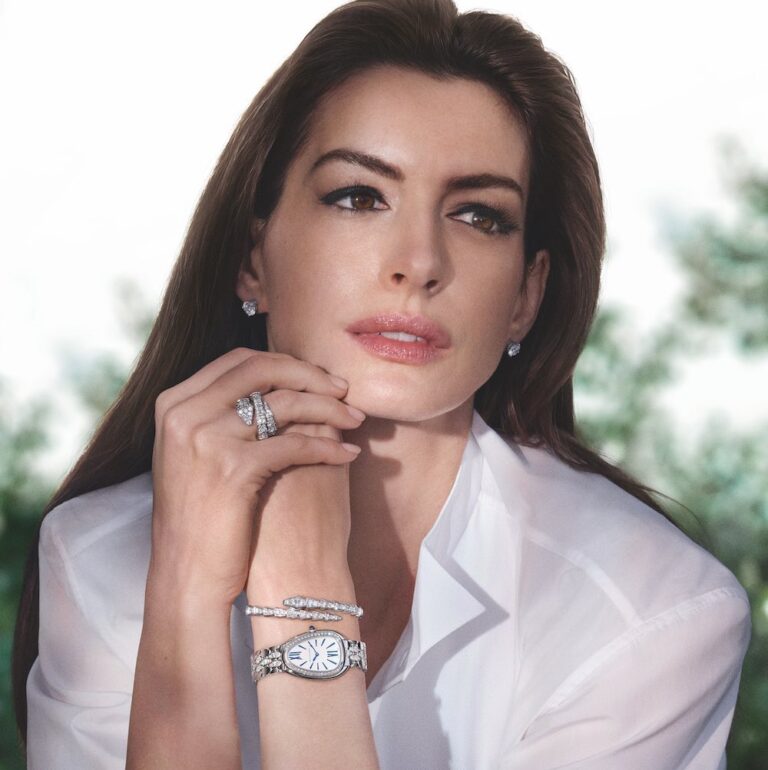
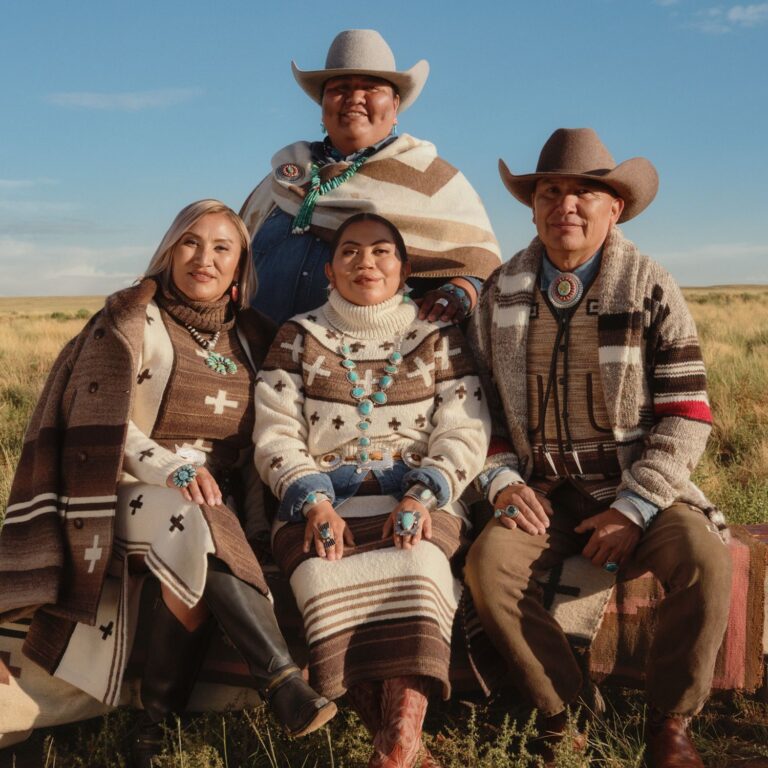
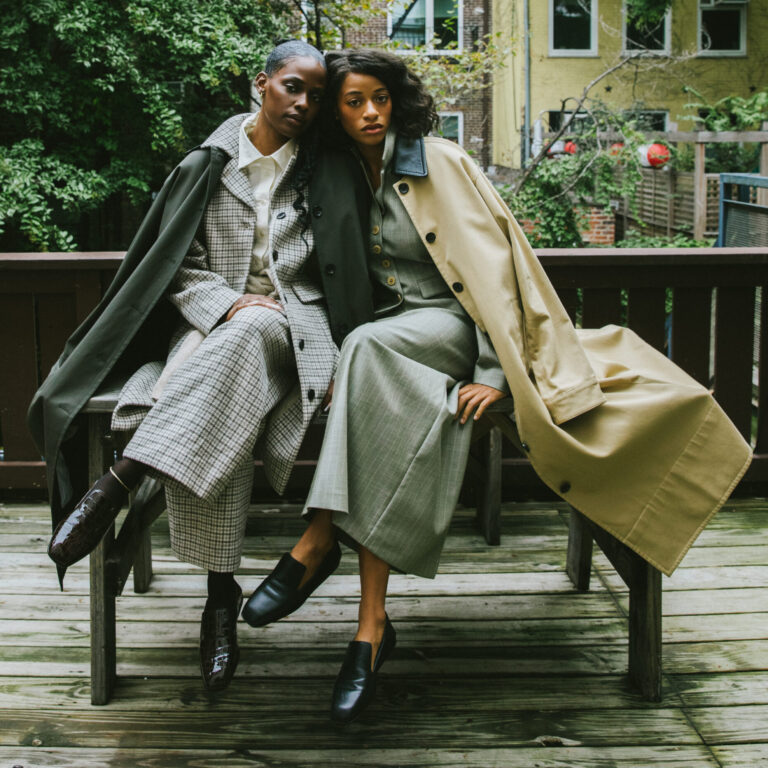
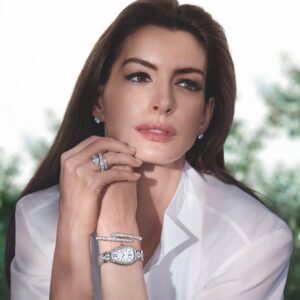

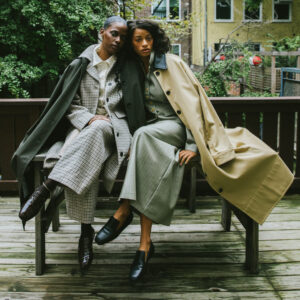



 in your life?
in your life?

